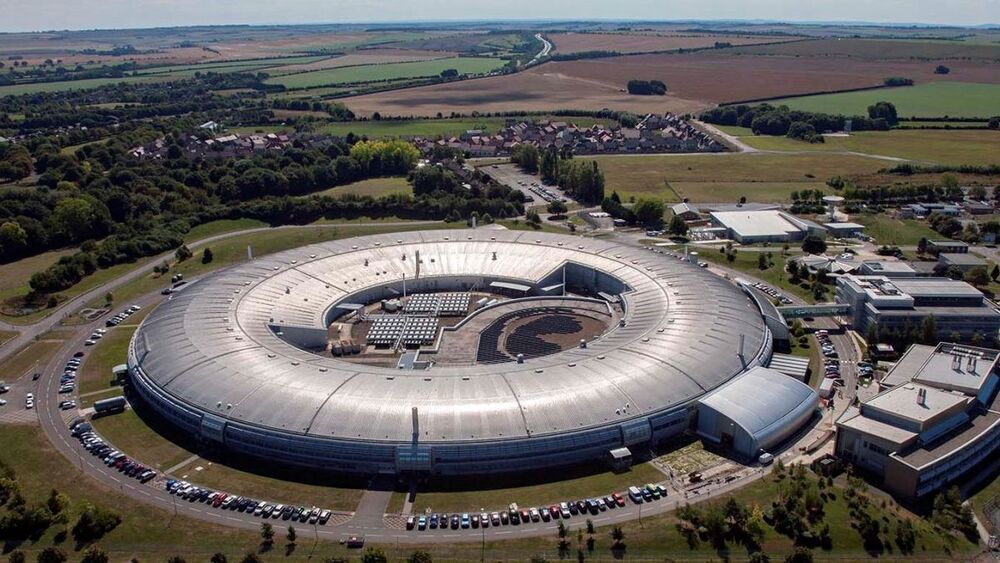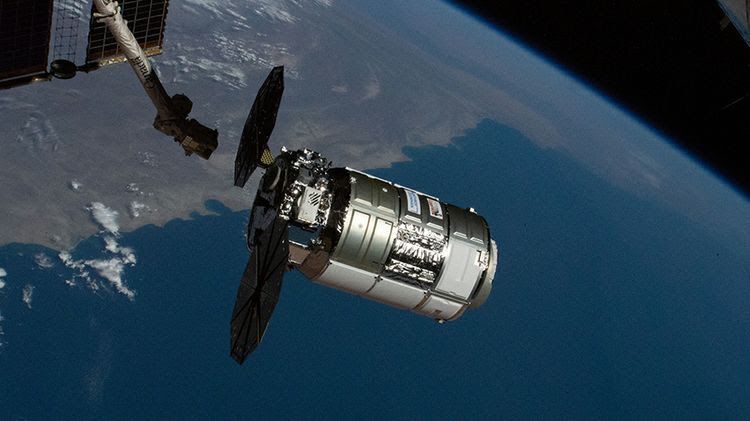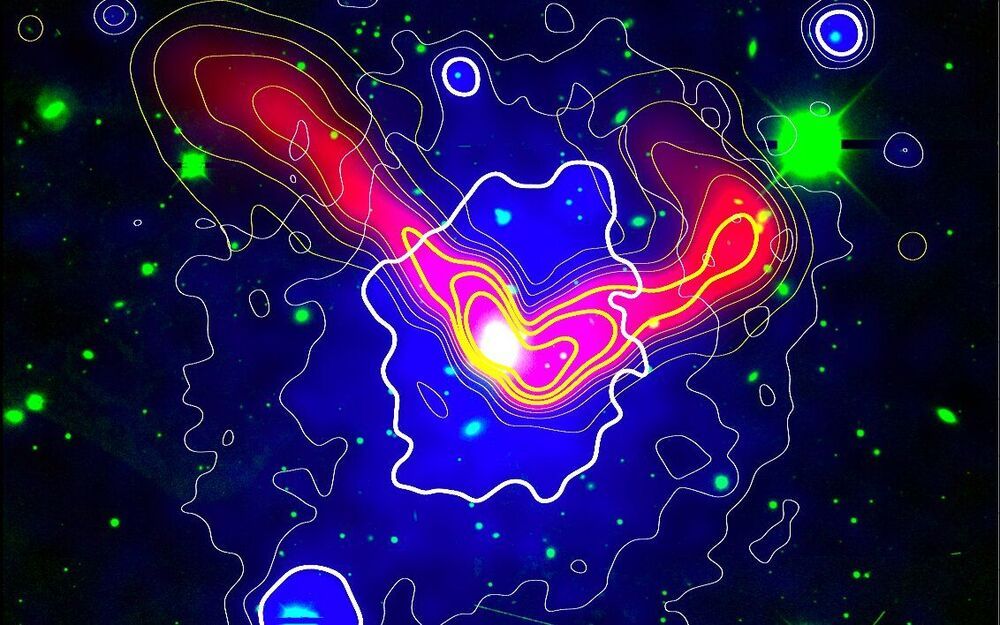A new WHO reports lays out ethical principles for AI in medicine, but applying them won’t be easy.




A quantum-computing startup announced Tuesday that its future quantum processor designs will differ significantly from its current offerings. Rather than building a monolithic processor as everyone else has, Rigetti Computing will build smaller collections of qubits on chips that can be physically linked together into a single functional processor. This isn’t multiprocessing so much as modular chip design.
The move is consequential for both Rigetti processors and quantum computing more generally.

The first five payloads from the Space Development Agency, an organization charged with rapidly infusing emerging technologies into the U.S. military’s space programs, are among more than 80 satellites awaiting launch from Cape Canaveral Tuesday on a SpaceX Falcon 9 rocket.
Established in 2019, the Space Development Agency plans to deploy hundreds of small satellites to enable improved communications for the U.S. military. SDA’s strategy leans on the rapid development of new commercial space technology, including new types of sensors and cheaper, easier-to-produce small satellites that can be deployed in large constellations in low Earth orbit.
SDA plans to launch the first tranche of 28 satellites to provide initial infrared missile detection and low-latency data relay services in late 2022 and early 2023. Twenty of those satellites, part of the “transport layer,” will be developed by Lockheed Martin and York Space Systems for communications support. The other eight “tracking” satellites will be supplied by SpaceX and L3Harris for missile detection and tracking.


The S.S. Katherine Johnson will then safely fall to Earth.
A Northrop Grumman Cygnus cargo spacecraft successfully undocked from the International Space Station Tuesday (June 29) at 12:25 p.m. EDT (1625 GMT), more than four months after it arrived in orbit.
The undocking aired live on NASA TV, with the spacecraft separating from the orbital outpost right on time, enabling the craft to begin a secondary mission before its planned fiery demise.

An international group of astronomers has created images with never-before-seen detail of a galaxy cluster with a black hole at its center, traveling at high speed along an intergalactic “road of matter.” The findings also support existing theories of the origins and evolution of the universe.
The concept that roads of thin gas connect clusters of galaxies across the universe has been difficult to prove until recently, because the matter in these ‘roads’ is so sparse it eluded the gaze of even the most sensitive instruments. Following the 2020 discovery of an intergalactic thread of gas at least 50 million light-years long, scientists have now developed images with an unprecedented level of detail of the Northern Clump—a cluster of galaxies found on this thread.
By combining imagery from various sources including CSIRO’s ASKAP radio telescope, SRG/eROSITA, XMM-Newton and Chandra satellites, and DECam optical data, the scientists could make out a large galaxy at the center of the clump, with a black hole at its center.

Researchers from Brigham and Women’s Hospital have engineered yeast used in baking, wine-making and brewing to treat inflammatory bowel disease (IBD). The bacteria has been modified to secrete an anti-inflammatory molecule in response to signs of gut inflammation and has proven effective in preclinical tests.
Our gut microbiome is increasingly implicated in everything from cancer to neurodegenerative disease but it is still unclear exactly how we can translate these novel findings into clinical treatments. Fecal transplants are probably the most primitive microbiome-modifying treatment we have developed, while probiotics simply rely on upping specific levels of naturally occurring bacteria.
Perhaps the most futurist microbiome therapy under investigation is the idea of genetically engineered probiotics. Here researchers modify bacteria to either eat up molecules we don’t want in our body or secrete molecules we know have positive therapeutic effects.

It can assist coders by generating and autocompleting code for their projects.
GitHub and OpenAI have launched a technical preview of a new AI tool called Copilot, which lives inside the Visual Studio Code editor and autocompletes code snippets.
Copilot does more than just parrot back code it’s seen before, according to GitHub. It instead analyzes the code you’ve already written and generates new matching code, including specific functions that were previously called. Examples on the project’s website include automatically writing the code to import tweets, draw a scatterplot, or grab a Goodreads rating.
It works best with Python, JavaScript, TypeScript, Ruby, and Go, according to a blog post from GitHub CEO Nat Friedman.
We’re thrilled to be part of the Hyundai Motor Group! And we’re celebrating with a dance to BTS’s “IONIQ: I’m On It.”
Read the behind the scenes story of the dance: http://blog.bostondynamics.com/all-together-now.
Check out the video of BTS meeting Spot: https://www.youtube.com/watch?v=GJZeMgqQMjA